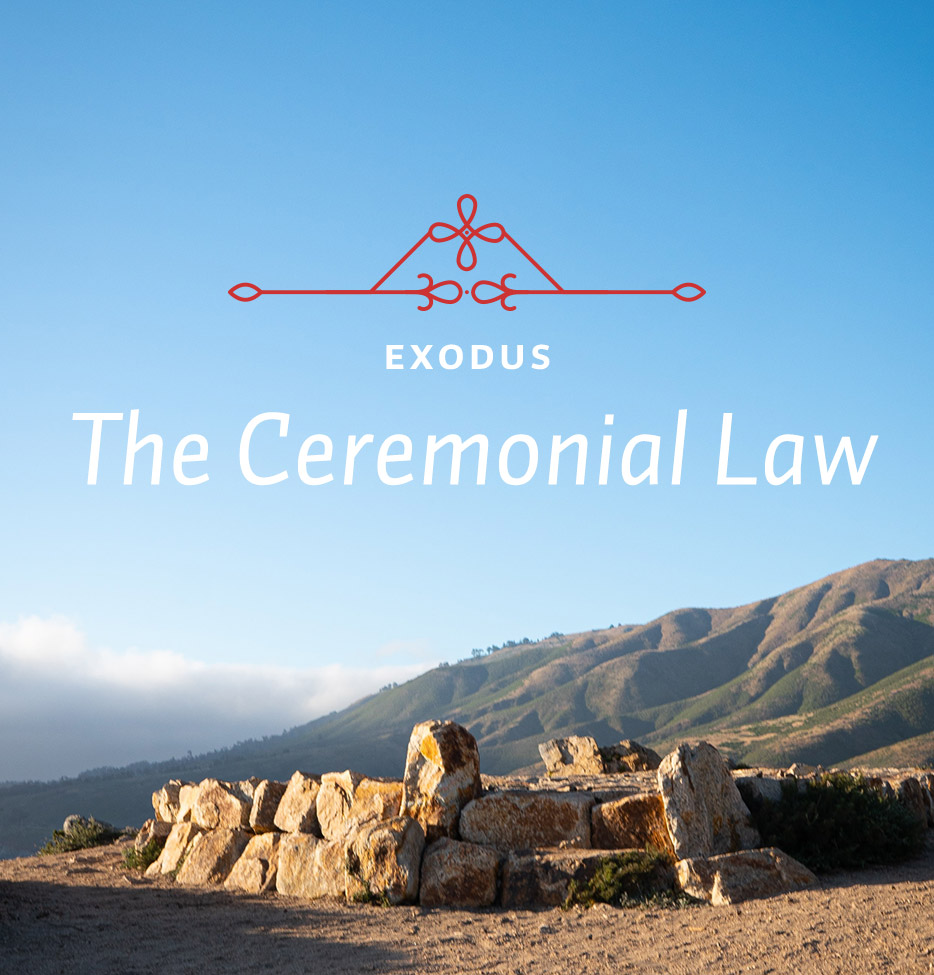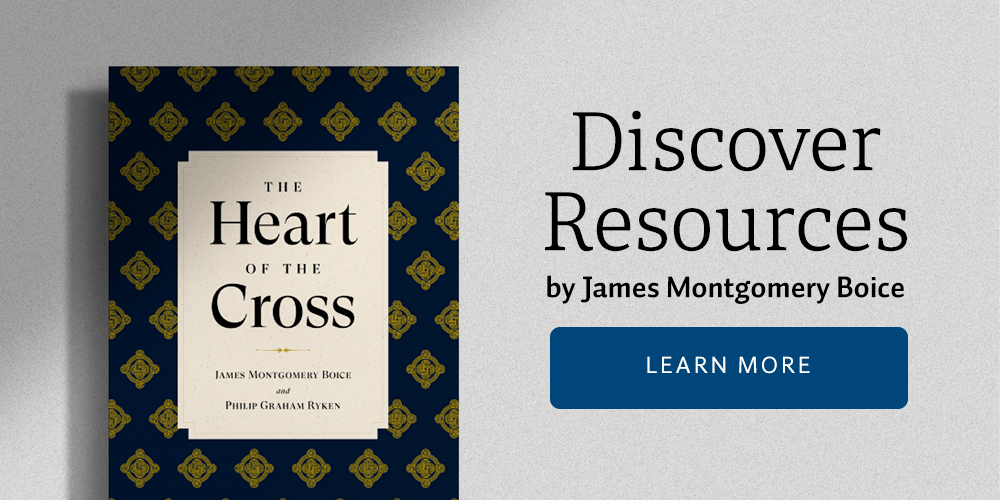The golden lampstand is a very well-known Jewish religious object: the seven-branch candlestick known as a menorah. After the Roman armies overthrew Jerusalem in AD 70, they carried off objects from the temple. In Rome today you can see the Arch of Titus, which has reliefs of what they found when they were there. One of the carvings on the Arch of Titus is the menorah. So we know exactly what this menorah in the tabernacle was like. It had seven lamps, which were to be supplied with olive oil, and they were to be trimmed by the priest every morning and every evening—they were never allowed to go out. Now the obvious practical purpose of the lampstand was to give light to the priests inside while they went about their work. But it also had a symbolic purpose, and that was to point forward to Jesus Christ who also described Himself as the light of the world in John’s Gospel (8:12 and 9:5). And John himself develops the theme. You’ll recall in the first chapter of John’s Gospel, in the prologue, John says, “The true light that gives light to every man was coming into the world.” Now he may very well be thinking about the menorah in the Holy Place of the tabernacle, because shortly after that he says, “The word became flesh and lived for a while among us.” The word there is literally “tabernacled” among us. Just as God came down and dwelt in a symbolic way within the Holy of Holies of the tabernacle, so the Lord Jesus Christ is God coming down literally but temporarily in order to dwell among us in human form, and He is the light of the world.
We find it again in the book of Revelation. You will recall that when Jesus appears to John in a vision at the beginning of the book, He appears in the midst of the seven golden lampstands. Here they symbolize the church. So Jesus is standing here in the midst of His church. How can the lampstands symbolize both Jesus and the church? Because when He was here, He was the light of the world. And now that He is not here, we have to be the light of the world. The way that we are the light of the world is by reflecting His light to those about us.
Exodus 26 is given over to instructions for making the tabernacle itself, which is the enclosure for these objects. And the largest part of chapter 27, that is verses 9 to 19, concerns the making of the outer curtains that define the courtyard in which the tabernacle stood. This outer courtyard was a rectangle; it measured approximately 150 feet by 75 feet (which is about one-quarter of a football field). The curtains that surrounded it were of finely twisted linen, and were supported by posts seven and one-half feet high, with an entrance on the east side. It was enclosed all around, with one entrance.
When you went in you came to the tabernacle itself. It too was a rectangle, and had two rooms: the Most Holy Place and the Holy Place. The Most Holy Place was a perfect cube, measuring fifteen feet by fifteen feet by fifteen feet. The outer room was twice as long: thirty feet long, fifteen feet wide, and fifteen feet high. Thus, the whole tabernacle was forty-five feet long. Of particular interest was the curtain that divided the Holy Place from the Most Holy Place. It was made of blue, purple, and scarlet yarn, and fine linen. It had figures of cherubim worked into it. Its purpose was to shield the visible presence of God from human eyes. It could only be passed through once a year, and even then only by the high priest, and that was on the Day of Atonement.
Now that taught something very important. The tabernacle as a whole teaches us that this great, holy, almighty, immaterial, omnipresent God is willing to dwell with His people, which He does in the tabernacle. But this curtain shows that it doesn’t mean that we can treat God with familiar contempt and simply barge in upon His presence. His actual presence is shielded by the veil, and nobody was allowed to pass that veil, except for the high priest once each year. If anybody did, they were struck dead immediately.
At the moment the Lord Jesus Christ died on the cross, that veil separating the Holy Place from the Most Holy Place in the temple was torn in two from top to bottom, signifying that this was something done by God. This tearing meant that in our sinful state we are unable to barge in upon God. We can’t intrude into His presence. But now that Jesus has died, those who have faith in Him have found by His death the way opened into God’s presence. Now, God isn’t veiled from us. He is approachable. We can come into His presence, knowing that He hears and answers our prayers.
The next item that we want to talk about is the altar for burnt offerings. It is described in Exodus 27:1-8. So far, we have described most of the furniture that’s within the tabernacle; now the description given moves outward to what was outside in the courtyard. And the place it begins is with this altar for burnt offerings. This was very large—about seven and one-half feet long and wide, and approximately four and one-half feet deep—and made of bronze. It seems to most people that it couldn’t be made entirely of bronze because if it was that big they couldn’t have carried it. It would have then been a shell, and it’s very likely that it was filled with earth, and we can speculate that the sacrifices were to be made upon the earth. When we get to Leviticus, we are going to learn about the offerings that were made.
The most important thing to be noted about the altar at this point is that it stood immediately inside the single entrance to the tabernacle. So if you were approaching the tabernacle and you wanted to go inside, as the priest could, and approach the Holy Place and the Most Holy Place as the high priest did on the Day of Atonement, the first thing you came to was the altar. This shows that the only way any sinful human being can approach almighty God is by a sacrifice. God takes sin seriously, and we deserve death for our sins (see Rom. 6:23). The only way we can approach God is by sacrifice—a death in our place.






